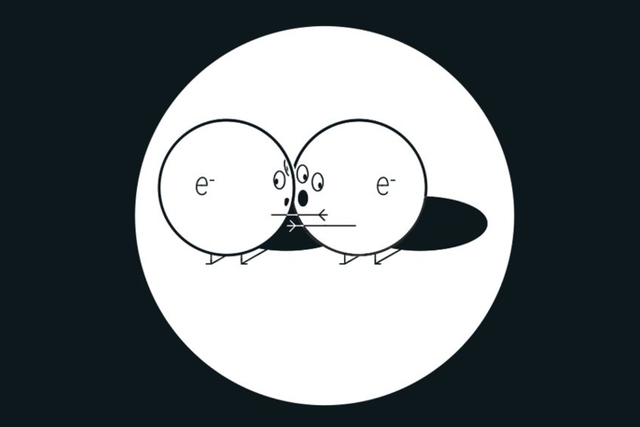Science
Physics Nobel 2023 Recognises Three Researchers For Unlocking Electron Dynamics With Attosecond Pulses
- The new physics laureates have successfully developed a method to generate extremely short pulses of light.
- These pulses enable the measurement of rapid electron movements and energy changes.

An illustration for the Nobel Prize in Physics 2023 by Johan Jarnestad for The Royal Swedish Academy of Sciences
Scientists Pierre Agostini, Ferenc Krausz, and Anne L'Huillier have been awarded the Nobel Prize in Physics, 2023, by the Royal Swedish Academy of Sciences.
The researchers have been recognised for their work in developing experimental methods to generate "attosecond" pulses of light for studying electron dynamics in matter.
An attosecond is one quintillionth (10−18) of a second — an ungraspably short length of time.
Thankfully, the work of these three physics laureates has provided humanity with new tools to explore the inner workings of atoms and molecules.
They have successfully developed a method to generate extremely short pulses of light. These pulses enable the measurement of rapid electron movements and energy changes.
The prize amount for the new laureates Agostini, Krausz, and L’Huillier is 11 million Swedish kronor, which will be shared equally among them.
It so happens that investigation of extremely brief events requires specialised technology.
In the realm of electrons, changes occur within just a few tenths of an attosecond, an unimaginably short unit of time, with as many attoseconds in one second as there have been seconds since the birth of the universe, according to the NobelPrize.org announcement write-up.
The laureates' experiments have resulted in the production of attosecond pulses of light, which can be used to capture images of processes occurring within atoms and molecules.
L’Huillier, born in 1958 in Paris, France, is a professor at Lund University in Sweden. She completed her PhD in 1986 from University Pierre and Marie Curie in Paris.
In 1987, she made a groundbreaking discovery regarding the transmission of infrared laser light through a noble gas.
She found that this interaction resulted in the emergence of various overtones of light, each representing a specific number of cycles in the laser light.
These overtones are generated when the laser light interacts with the gas atoms, causing certain electrons to gain extra energy and subsequently emit light.
L’Huillier's ongoing exploration of this phenomenon has paved the way for further advancements in the field.
Agostini currently holds a professorship at The Ohio State University in Columbus, the United States. He earned his PhD in 1968 from Aix-Marseille University in France.
His milestone achievement came in 2001 when he successfully generated and studied a series of consecutive light pulses, with each pulse lasting a mere 250 attoseconds.
Around the same time, Krausz — born in 1962 in Mór, Hungary, and earning a PhD in 1991 from Austria's Vienna University of Technology — conducted experiments that allowed for the isolation of a single light pulse lasting 650 attoseconds.
Krausz currently serves as the director at the Max Planck Institute of Quantum Optics in Garching and is also a professor at Ludwig-Maximilians-Universität München in Germany.
The achievements by Agostini, Krausz, and L’Huillier have expanded humanity's ability to investigate processes of extreme rapidity that were previously beyond our reach.
They have enabled scientists to delve into the realm of attosecond physics, where phenomena governed by electrons can be comprehended.
There are said to be many potential applications for attosecond pulses across various fields.
For instance, in the realm of electronics, understanding and controlling the behaviour of electrons in materials is crucial.
Additionally, attosecond pulses can be used in medical diagnostics to identify different molecules.
(Read NobelPrize.org's popular science and proper scientific backgrounds to better understand the laureates' work.)
Support Swarajya's 50 Ground Reports Project & Sponsor A Story
Every general election Swarajya does a 50 ground reports project.
Aimed only at serious readers and those who appreciate the nuances of political undercurrents, the project provides a sense of India's electoral landscape. As you know, these reports are produced after considerable investment of travel, time and effort on the ground.
This time too we've kicked off the project in style and have covered over 30 constituencies already. If you're someone who appreciates such work and have enjoyed our coverage please consider sponsoring a ground report for just Rs 2999 to Rs 19,999 - it goes a long way in helping us produce more quality reportage.
You can also back this project by becoming a subscriber for as little as Rs 999 - so do click on this links and choose a plan that suits you and back us.
Click below to contribute.
Latest